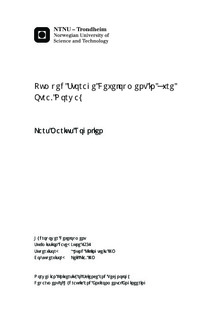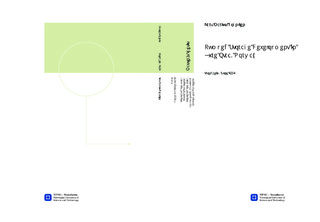| dc.description.abstract | The objective with this thesis was to describe the challenges related to PSH, both for this particular study and in more general terms.The method used was to make assumptions that would apply to traditional hydropower and do calculations based on these. The assumptions and the results of the assumptions were both commented and discussed. Challenges encountered that are unique to the project area and challenges with PSH in general were also discussed. The project area lies in the Upper Otra area, north in Aust-Agder County, and includes the two reservoirs Urevatn and Botsvatn.Three alternatives with the same layout scheme were chosen with a capacity of 500, 1000 and 1500 MW, referred to as alternative 1, 2 and 3, respectively. The choice of turbines was Francis reversible pump-turbines, which are installed with 10% extra capacity for frequency balancing. The excavation method is drill-and-blast, based on the flexibility and cost. The total cost were found to be 6900, 12900 and 18500 MNOK for alternative 1-3, where the cable cost was 4300, 8600 and 12900 MNOK.The price of pumping was chosen to be 0,1 kr/kWh, and the necessary price for production that gave zero NPV, was found to be 0,4 kr/kWh.Some environmental conditions would be affected in the area, but most likely this would not include the wild reindeers in the area.The total operation time was decreasing with a larger installation, and the number of days in a row with either pumping or production was stable regardless of the installation. With a larger installation there would be bigger fluctuations in the reservoirs, and more occurring larger fluctuations. It would be meaningless to have two different LRWL for summer and winter. The result would only be loss of production, but still large fluctuations. The biggest change in the water level during summer from one day to the next was 11 meter for Urevatn and 9 meter for Botsvatn.If the existing power plant were taken out of production the fluctuations in Urevatn and Botsvatn would have the same maximum and average, approximately 1,5 and 3 meter/day. The efficiency for Holen III would decrease, if maintaining the current production level.The existing limitations in the operation regime should be ignored if developing PSH in Norway. The PSH-plant should be operated without limitations and have priority over any existing power plant in the same reservoir, to make full use of the PSH-plant and to make sure the investment would be profitable. | nb_NO |

